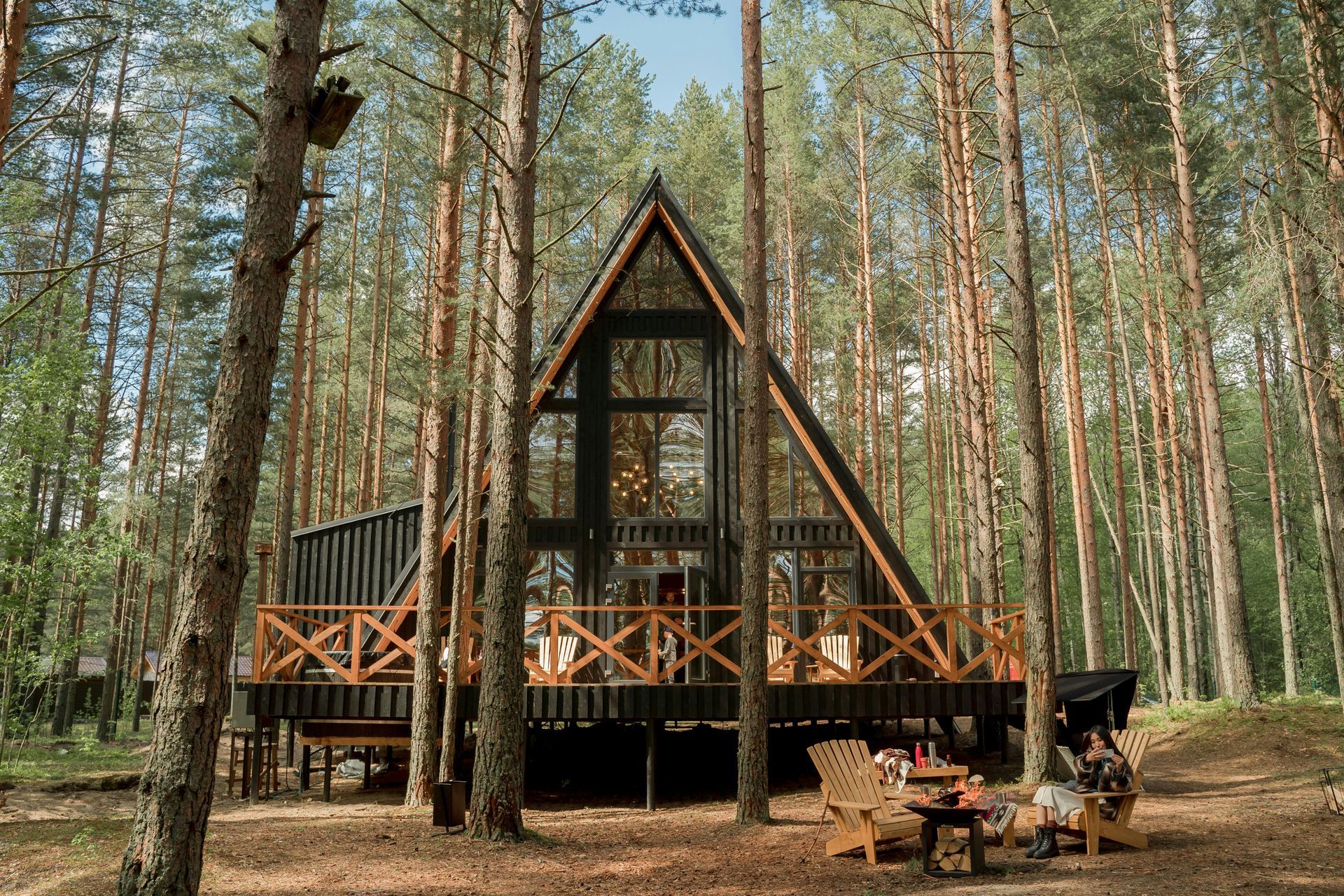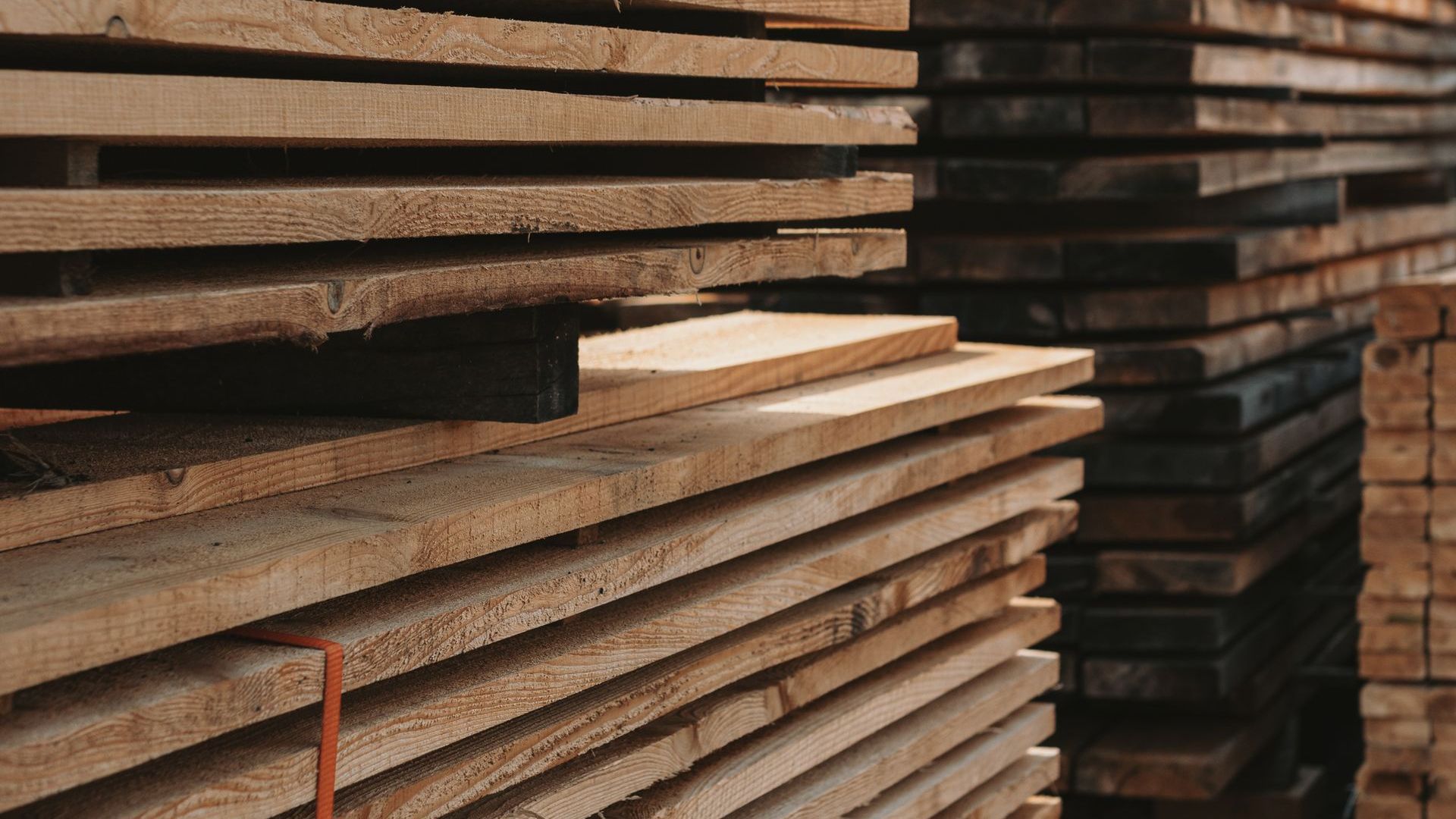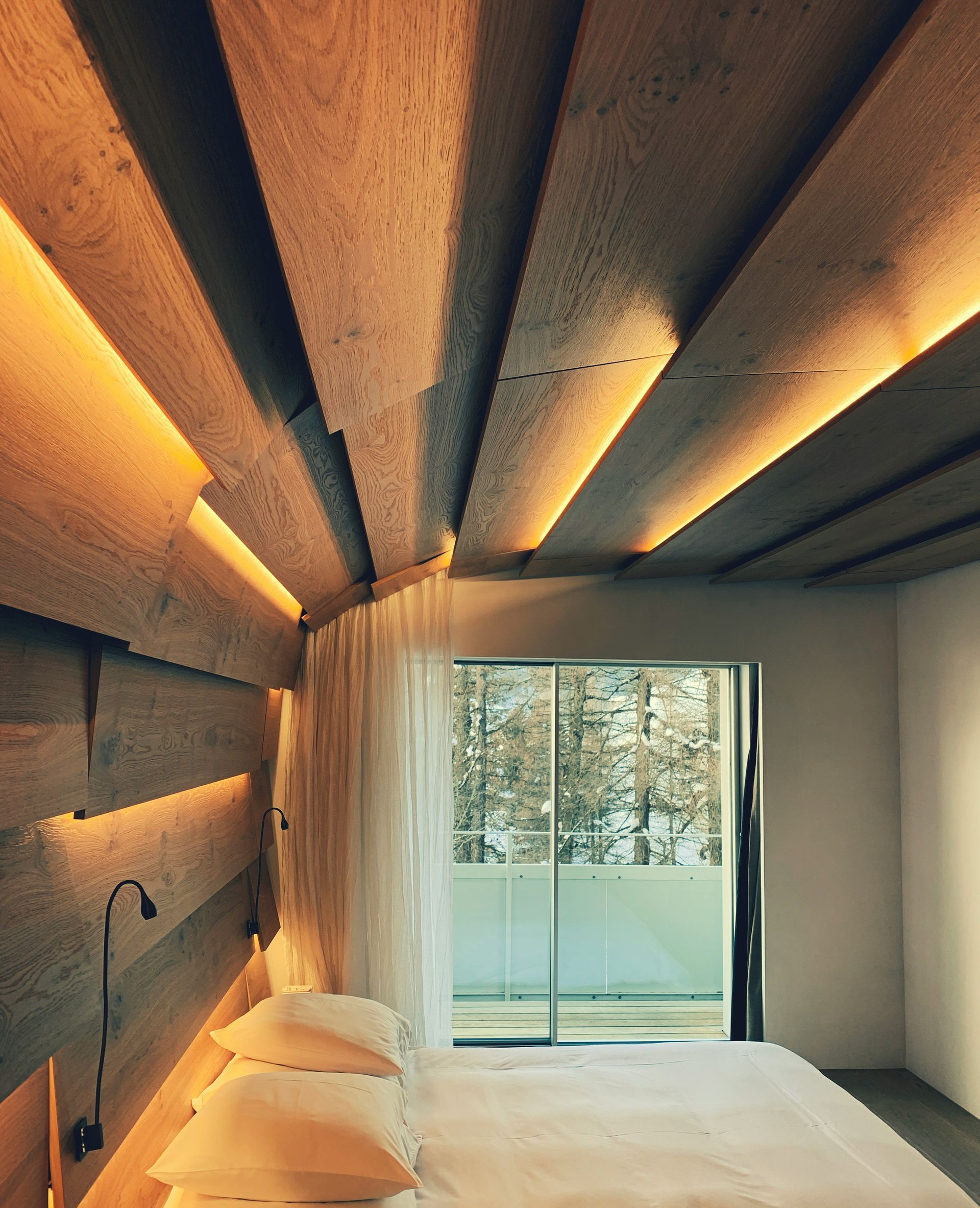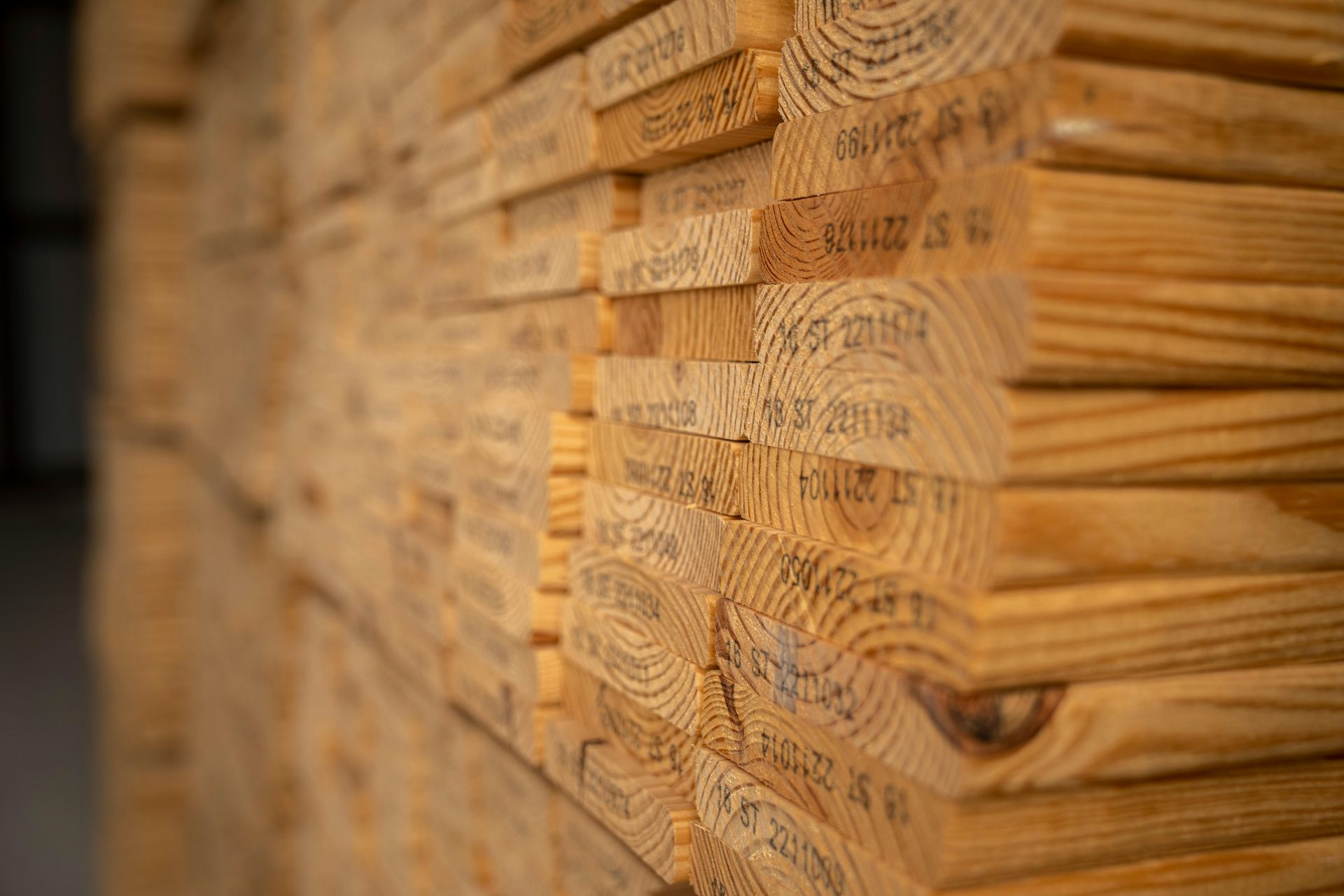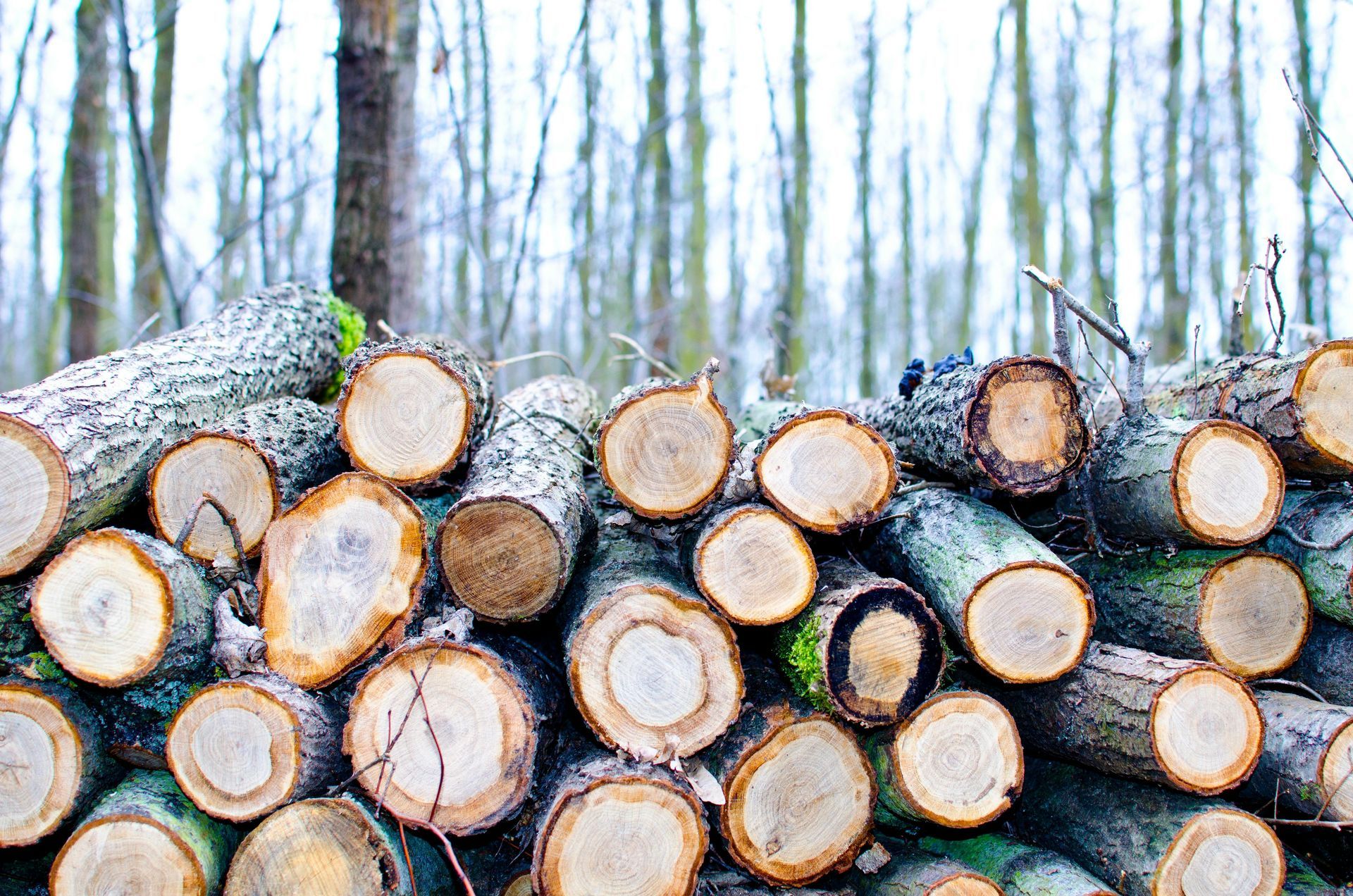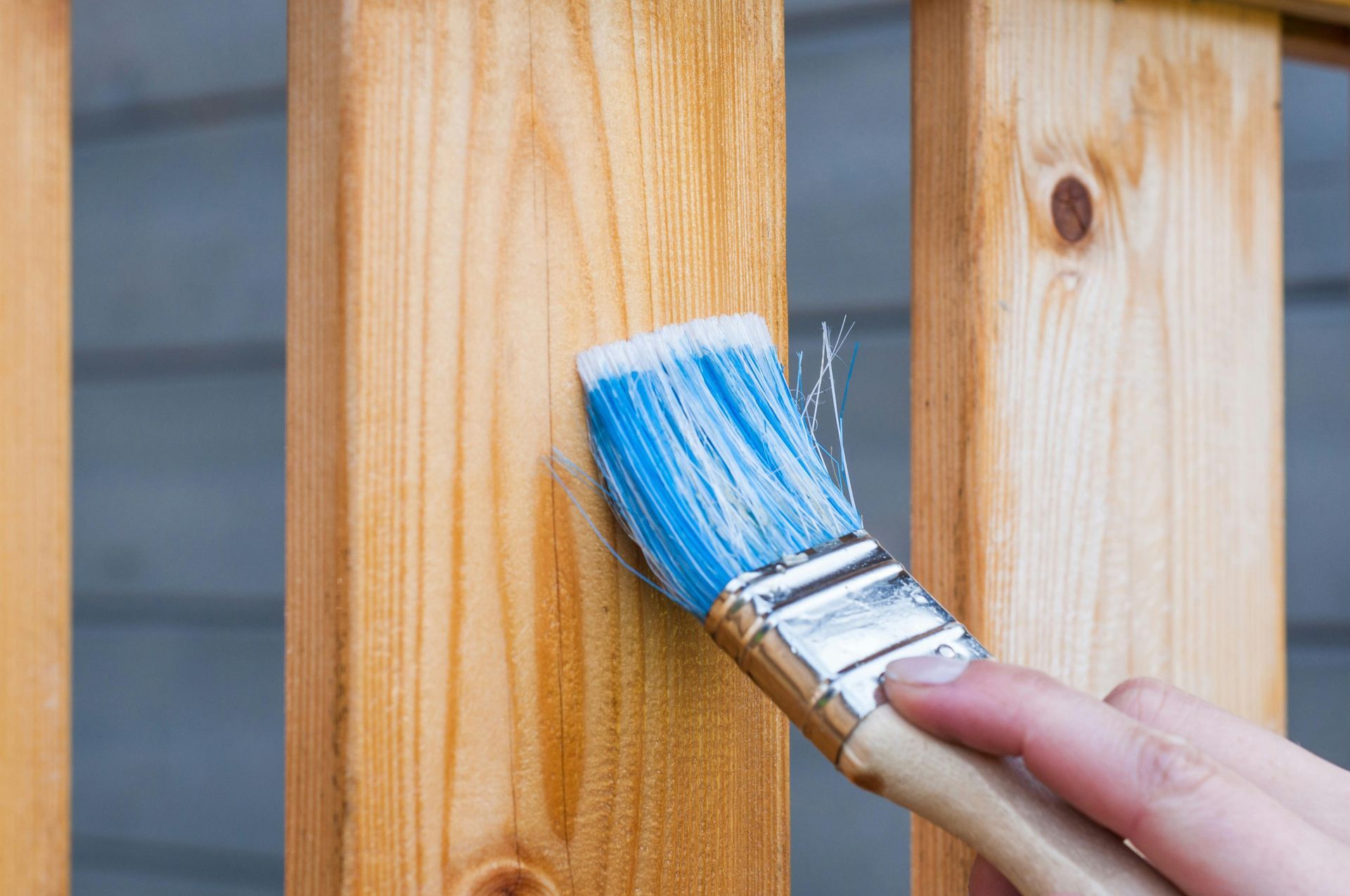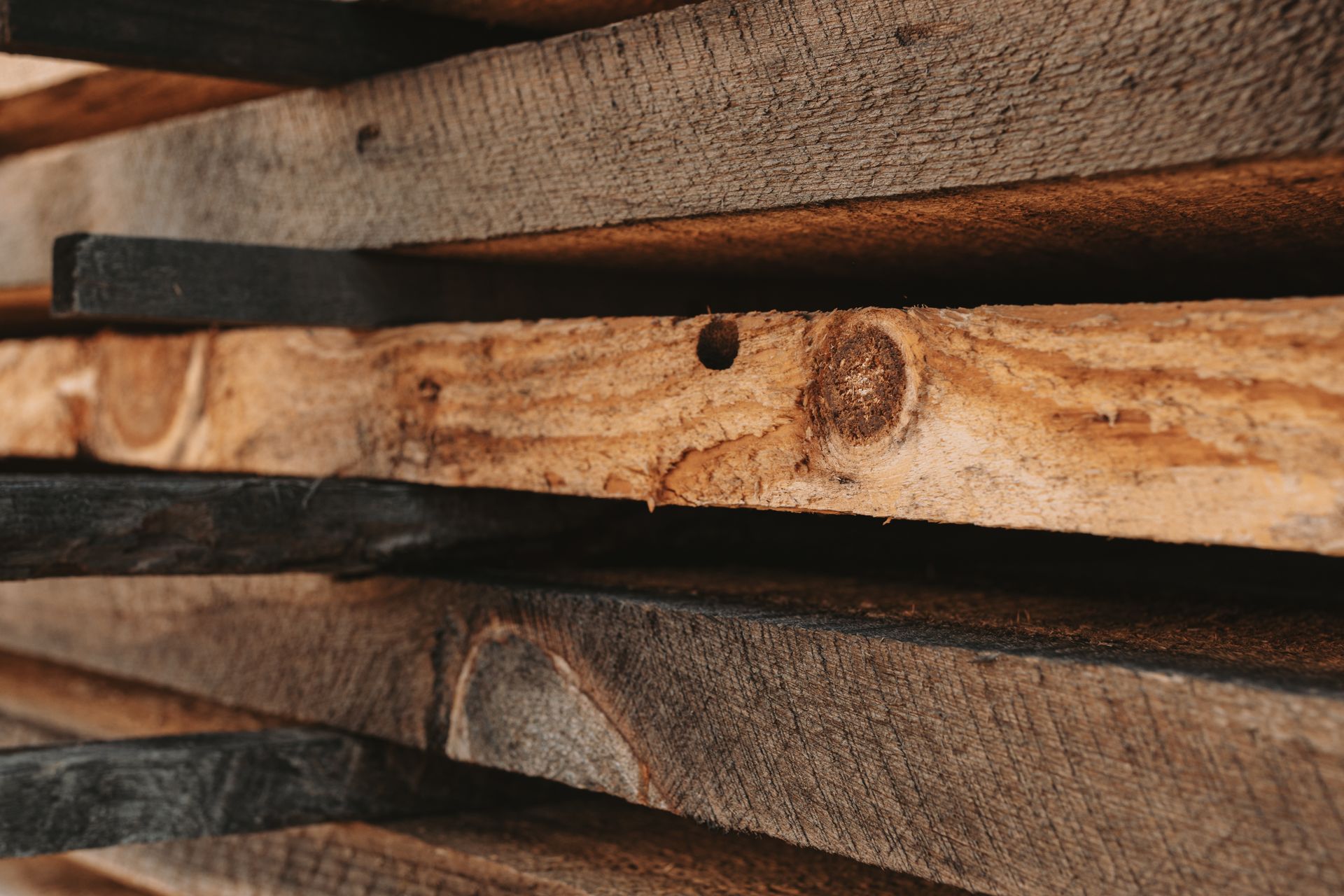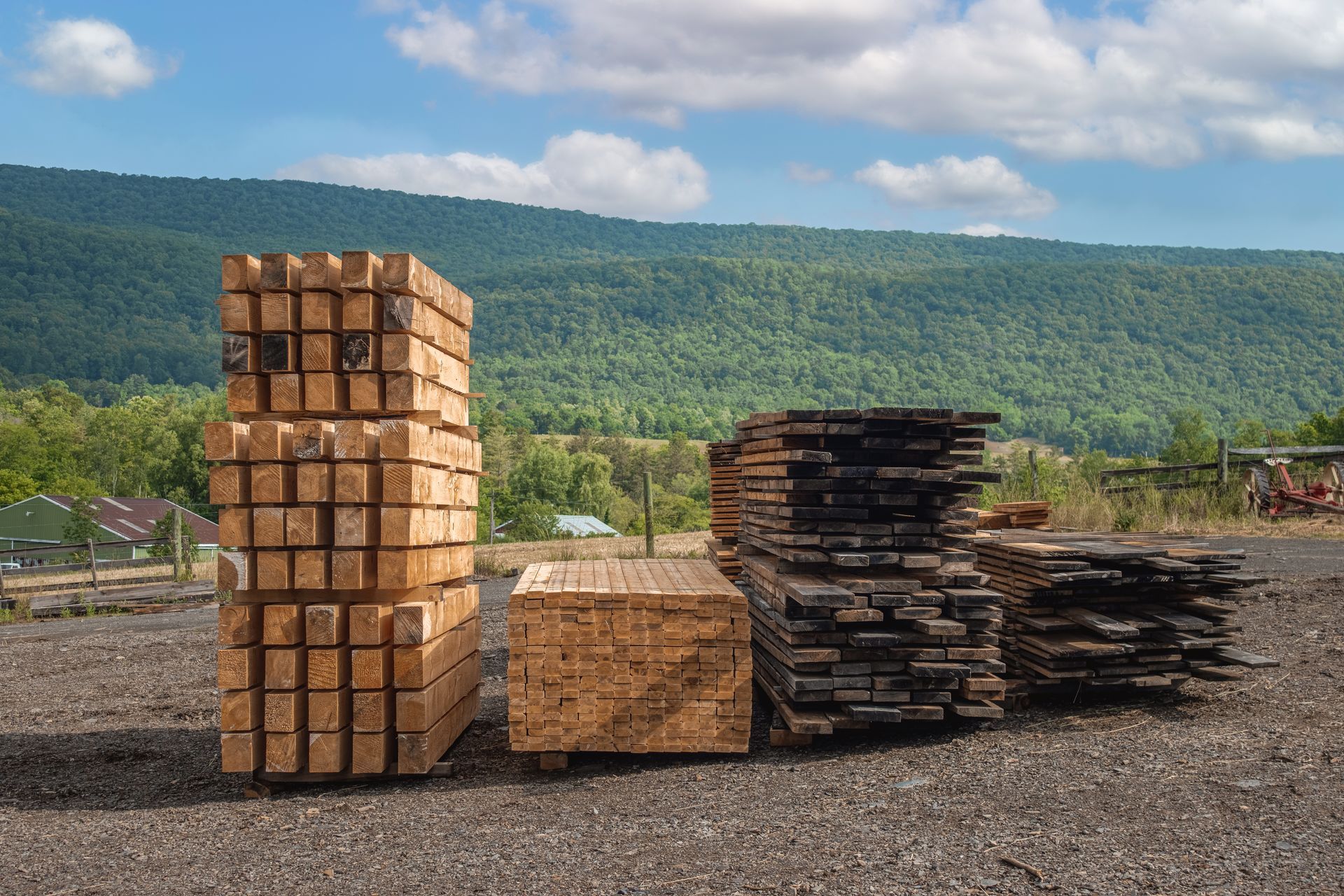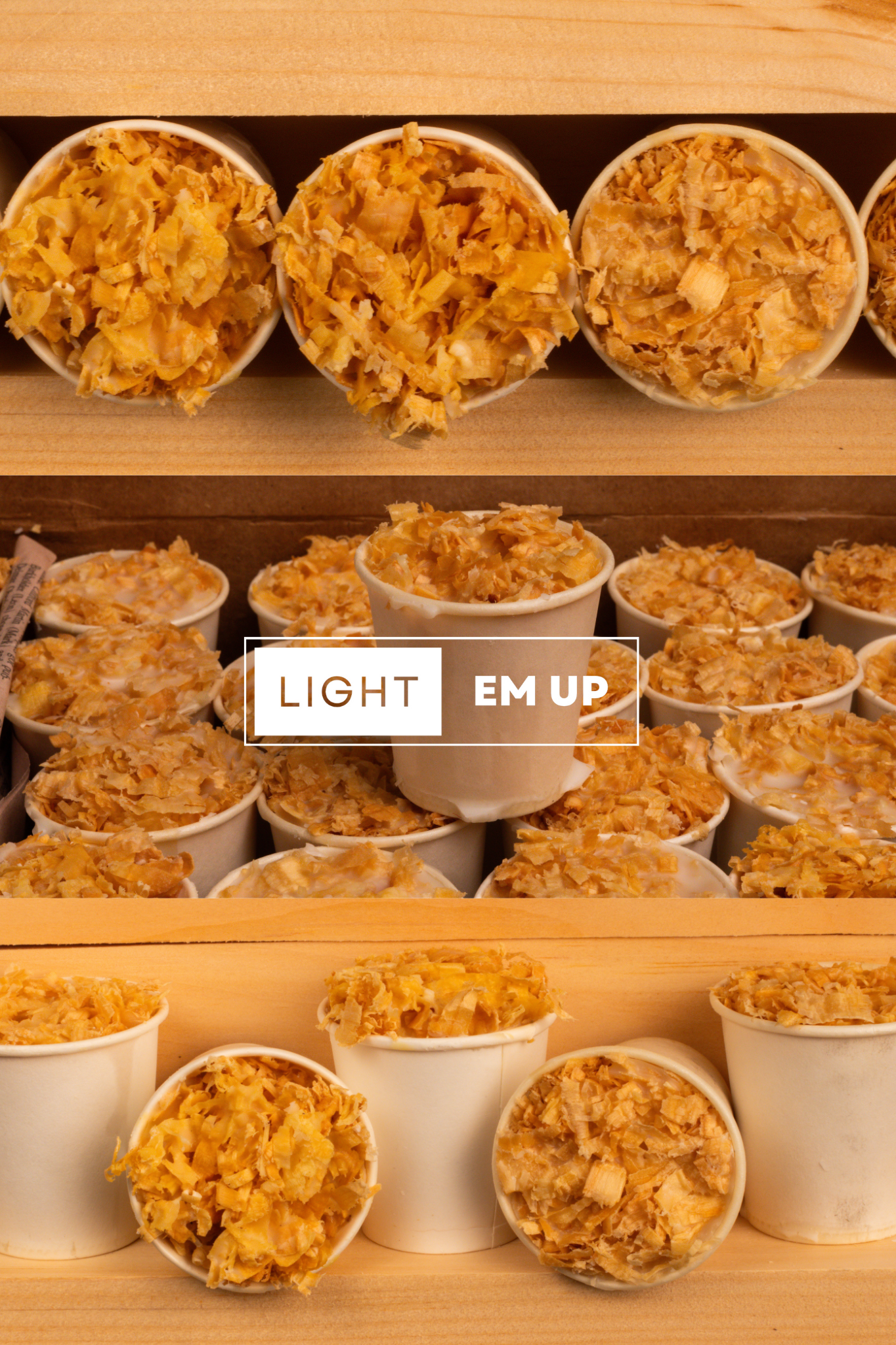Framing Fundamentals: A Contractor's Guide to Choosing the Right Lumber for Structural Integrity
The Best Framing Lumber in State College
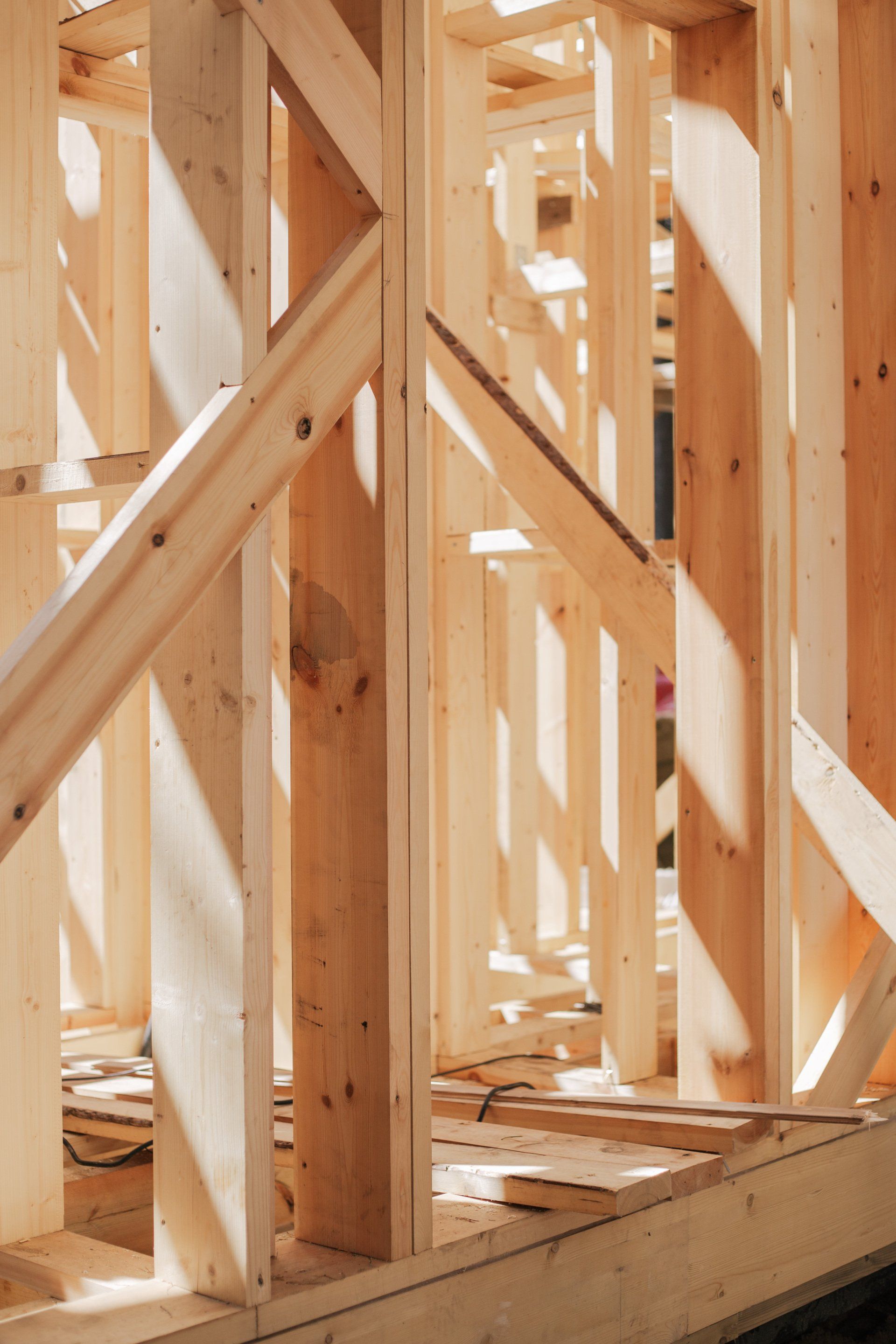
For contractors, framing is the backbone of any construction project. It's the skeleton that provides structural integrity, defines the shape, and ultimately determines the safety and longevity of the building. Choosing the right lumber for framing is not just about selecting wood; it's about making informed decisions that impact your project's success. At Rustic Door & Pine we are framing and lumber experts who are happy to help you make the right choice for framing lumber in State College.
The Importance of Framing Lumber: Building a Legacy
Framing lumber is more than just a commodity; it's a critical component that demands careful consideration.
- The Skeleton of Structure: Framing lumber forms the structural framework of walls, floors, and roofs. It bears the weight of the building and its occupants, resisting forces from wind, snow, and seismic activity.
- Safety and Liability: Using substandard or incorrect lumber can have devastating consequences. It can lead to structural failures, putting lives at risk and exposing contractors to significant liability.
- Long-Term Performance: Quality framing lumber ensures the long-term performance and durability of the structure, minimizing the risk of costly repairs and callbacks.
Understanding Lumber Grades: Strength and Appearance
Lumber is graded based on its strength and appearance, which is determined by the number and size of defects like knots, checks, and wane.
- North American Lumber Grading System: This system provides a standardized way to classify lumber, ensuring consistent quality and structural performance.
- Common Grades for Framing:
- #1 Grade: This is the highest grade, with the fewest defects and the greatest strength. It's used where structural integrity is paramount, such as for beams and load-bearing walls.
- #2 Grade: This is the most common grade for general framing. It offers a balance of strength and cost-effectiveness and is suitable for studs, joists, and rafters in most applications.
- #3 Grade: This is the lowest grade, with more defects and lower strength. It's typically used for non-structural elements like furring strips or temporary bracing.
- Visualizing Defects: [If possible, include images or diagrams illustrating common lumber defects like knots, wane, checks, and splits.]
- Grade Selection: Choosing the right grade is crucial. Using #1 grade lumber where #2 is sufficient is wasteful, while using #3 grade for load-bearing walls is dangerous and a code violation.
Wood Species for Framing: Strength and Workability
The species of wood also affects its strength, stiffness, and workability.
- Softwood Species: Softwoods are generally preferred for framing due to their straight grain, ease of nailing, and cost-effectiveness.
- Spruce-Pine-Fir (SPF): This species group is commonly used for framing in residential construction. It offers a good strength-to-weight ratio and is readily available.
- Southern Yellow Pine: This species is the strongest of the softwoods and is often used for heavy construction, but it can be more prone to warping.
- Regional Variations: The availability and cost of different wood species can vary depending on your location.
- Engineered Lumber: For specialized applications, consider engineered lumber products like:
- Laminated Veneer Lumber (LVL): Stronger and more consistent than solid lumber, used for beams and headers.
- Glued Laminated Timber (Glulam): Used for long spans and complex shapes, offering exceptional strength and aesthetic appeal.
Moisture Content and Kiln Drying: Preventing Problems
The amount of moisture in lumber significantly impacts its stability and performance.
- Moisture Content: This refers to the percentage of water in the wood. Green lumber is freshly cut and has a high moisture content, while dry lumber has been seasoned.
- Drying Methods:
- Air-Dried Lumber: This is dried naturally by exposure to air. It's less expensive but can take a long time to dry and may still have a relatively high moisture content.
- Kiln-Dried Lumber: This is dried in a kiln, where temperature and humidity are carefully controlled. It's more dimensionally stable, stronger, and less susceptible to decay.
- Benefits of Kiln-Dried Lumber for Framing:
- Reduced Shrinkage and Warping: This prevents problems like cracked drywall and squeaky floors.
- Increased Strength: Dry wood is stronger than wet wood.
- Reduced Risk of Decay: Dry wood is less susceptible to rot and mold growth.
- Moisture Meter: Consider using a moisture meter to check the moisture content of lumber before using it.
Lumber Dimensions and Span Tables: Ensuring Structural Integrity
Understanding lumber dimensions and how to use span tables is crucial for ensuring the structural integrity of floors and roofs.
- Nominal vs. Actual Dimensions: Lumber is referred to by its nominal dimensions (e.g., 2x4), but its actual dimensions are smaller (e.g., 1.5x3.5).
- Span Tables: These tables guide the maximum allowable spans for joists and rafters based on their size, species, grade, and spacing.
- Building Codes and Engineering Guidelines: Always consult local building codes and engineering guidelines to ensure your framing meets the required standards.
- Avoiding Over-Spanning: Over-spanning joists or rafters can lead to sagging floors and roofs, which can be a safety hazard.
Building Codes and Regulations: Adhering to Standards
Framing must comply with local building codes to ensure safety and structural integrity.
- International Residential Code (IRC): This code provides minimum requirements for one- and two-family dwellings.
- International Building Code (IBC): This code applies to commercial and multi-family buildings.
- Local Amendments: Be aware of any local amendments to these codes.
- Working with Building Inspectors: Establish a good working relationship with local building inspectors to ensure your framing meets their requirements.
Sourcing High-Quality Framing Lumber: Your Partner in Success
Choosing a reliable lumber supplier is essential for obtaining the quality materials you need for framing. Meet Rustic Door & Pine.
- Factors to Consider:
- Lumber Quality: Look for lumber that is straight, free from excessive defects, and properly dried.
- Lumber Grades: Ensure the supplier can provide the specific grades you need.
- Availability and Delivery: Choose a supplier with a reliable inventory and delivery service to meet your project schedule.
As contractors, you play a vital role in building safe and durable structures. Understanding the fundamentals of framing lumber selection and adhering to best practices ensures that your projects stand the test of time. At Rustic Door and Pine, we meet the needs and requirements of every contractor and custom home builder we work with. Our wholesale lumber is exceptionally kiln dried and cut to your specifications. Contact us to order your lumber today.
Order Now
Rustic Door & Pine is your source for exceptionally high quality lumber, doors, kindling and Etchwood products. Shop online or contact our team to place an order.
